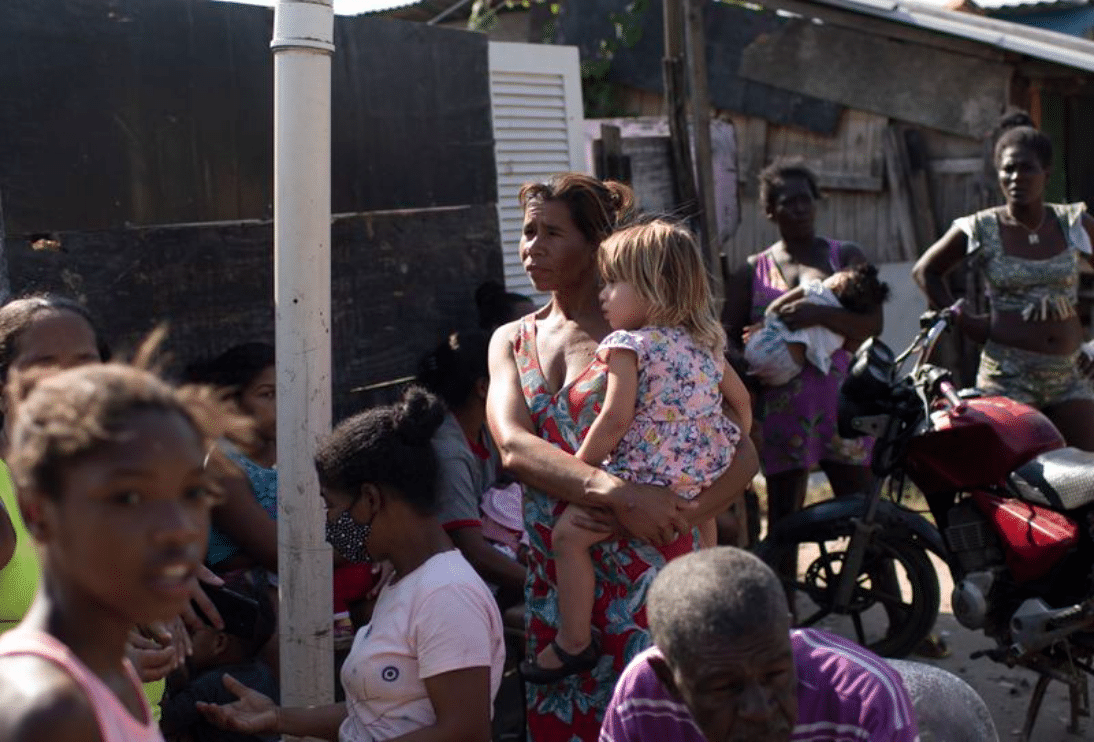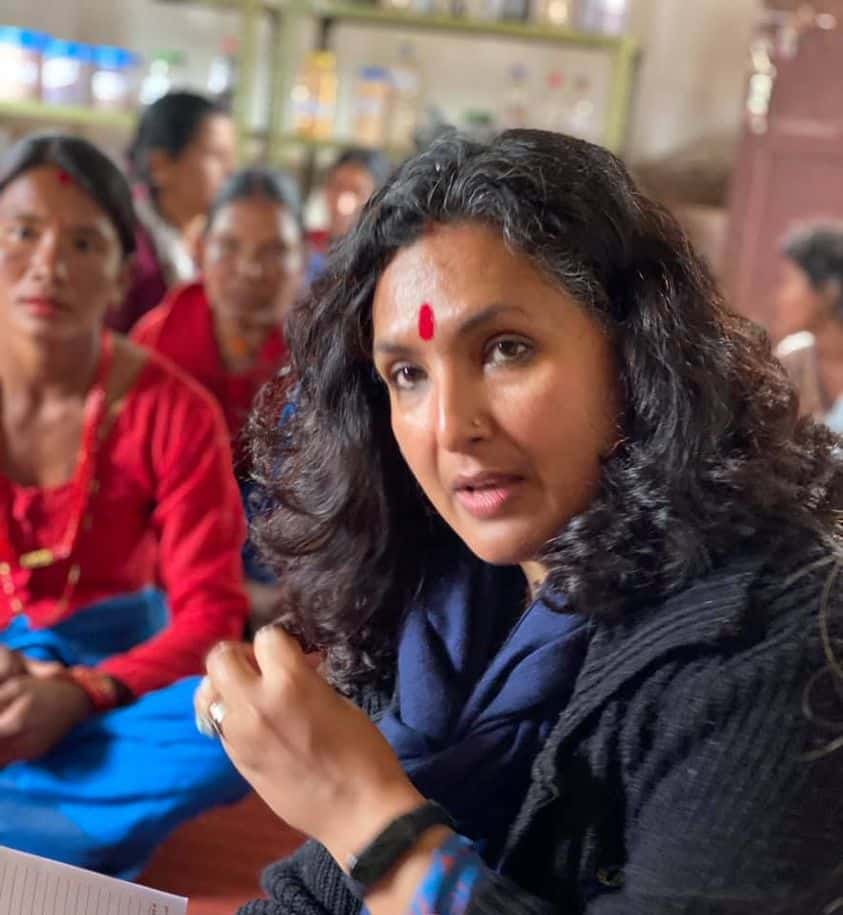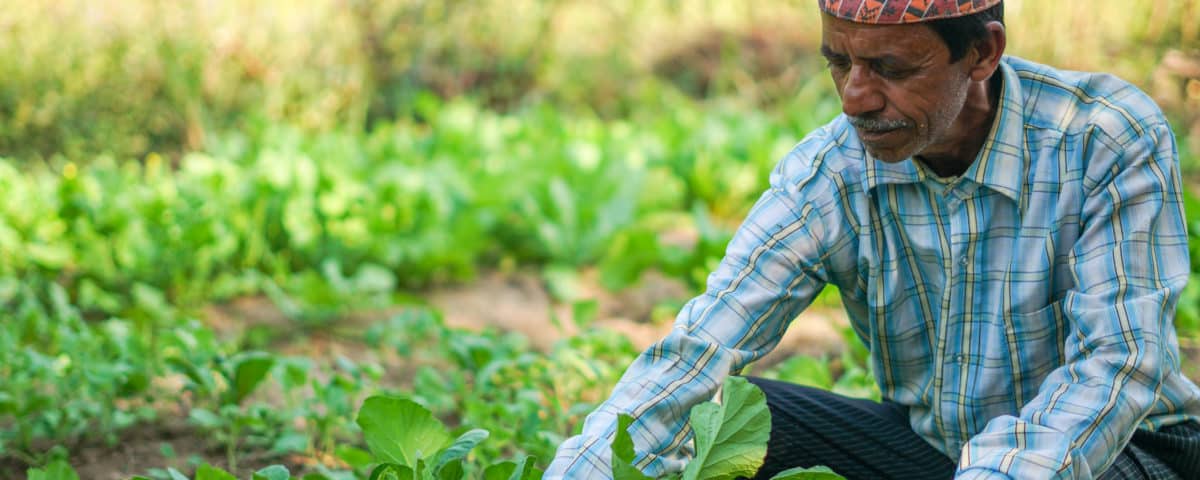
Global economic development: three lessons to apply as we pull out of the pandemic
June 7, 2021
India’s COVID-19 Outbreak Has Spread To Nepal
June 7, 2021In Nepal’s COVID-19 Tsunami, Prevention Remains the Best Medicine

India’s desperate COVID-19 situation is driving attention around the world, and with good reason. Cases and deaths are rapidly rising. The health care system is overwhelmed and, tragically, sometimes failing patients and their families. Worst of all, the Indian government seems at a loss as to how to contain the accelerating caseload.
If this pandemic should have taught us all anything, it is that viruses do not know borders. India’s COVID-19 surge is spilling over to its neighbors. This includes Nepal. Migrant workers have returned from India with the virus. Trade and other relations have and will continue to transmit it back and forth.
This means Kathmandu and other cities are experiencing a similar dynamic to the one in India— only worse. Skyrocketing infections, overburdened hospitals, oxygen shortages and government-imposed restrictions plague both countries, but Nepal falls in 16th place worldwide for number of deaths, while India is in 38th. It is a depressing reality, especially as the US, UK and other countries begin returning to normal, and infection rates are dropping dramatically.
Nepal must address the current health care emergency and save lives. Oxygen and other vital supplies are what is needed right now. However, if Nepal is ever to get past “right now” and return to normal, we have to get deadly serious about prevention.
A lack of prevention is what got India—and its neighbors—into the current desperate situation. Many in India were lulled into a false sense of security by seemingly low infection rates. Rather than continue the preventive measures necessary to maintain that, many key groups did just the opposite. Large political rallies and festivals, with hundreds of thousands of unmasked people standing cheek to jowl, were textbook examples of super spreader events. These events were simply the most glaring examples of the lax attitudes and practices of many. No one should have been surprised when throwing all this wood on the COVID-19 embers burst into a roaring fire of infection.
The Nepali villages in which we work have never let up on prevention. We work with community groups in three districts covering 37 rural communities to implement holistic development programs. Central to all these programs is water, sanitation and hygiene (WASH) components tailored to the needs of each community.
Well before the pandemic, community members were regularly given educational classes on:
- Treating water through filtration or boiling for drinking
- Proper handwashing with soap
- Menstrual health management
- Waste management at the household and community level
- Regular maintenance of toilets
- Regular maintenance of public water taps
In addition, we work with local partners to install handwashing stations with soap and proper drying facilities. We have also introduced households to drying racks for dishes and utensils to eliminate placing these items on the ground to dry.
These are simple and inexpensive innovations with life changing results. In Nepal, the programs have resulted in the following:
- Toilets are clean and well maintained;
- Handwashing stations are built next to the toilets to promote hand washing;
- Hand washing behavior has improved among children and adults;
- Cases of diarrhea have either been reduced significantly or are completely absent;
- The program communities learned to segregate biodegradable and non-biodegradable waste. Compost is made from the biodegradable waste, while the other waste is disposed of properly;
- The communities proactively ran monthly community cleaning drives, resulting in cleaner pathways, which were otherwise littered with plastic and animal droppings; and
- Regular use of sanitary cloths after menstruation health management classes.
COVID-19 makes all these activities and results of WASH more critical than ever. The COVID-19 pandemic second wave is hitting Nepal harder, with no sign of slowing down. Amid the uncertainties, what we know for sure is simple measures like handwashing with soap and maintaining sanitation and hygiene is crucial in the prevention of the spread of infection. All of these activities have helped ensure that villagers are aware of prevention methods. While we can’t claim the pandemic won’t spread to these villages, awareness and preparedness will help to minimize the impact.
Vaccination is the ultimate preventive measure for COVID-19. But even when enough people are vaccinated to greatly reduce or even stop new infections, WASH and other preventive measures will still be necessary as new variants develop and spread. Given these measures help reduce the incidence of numerous illnesses, they should be at the center of any ongoing campaign to contain COVID-19. Like India, Nepal needs to invest in every part of its health care system. WASH and other low-cost prevention measures would provide an especially high return in terms of lives saved and scarce resources available for economic and social development.
This article originally appeared on qrius.com on May 21, 2021

